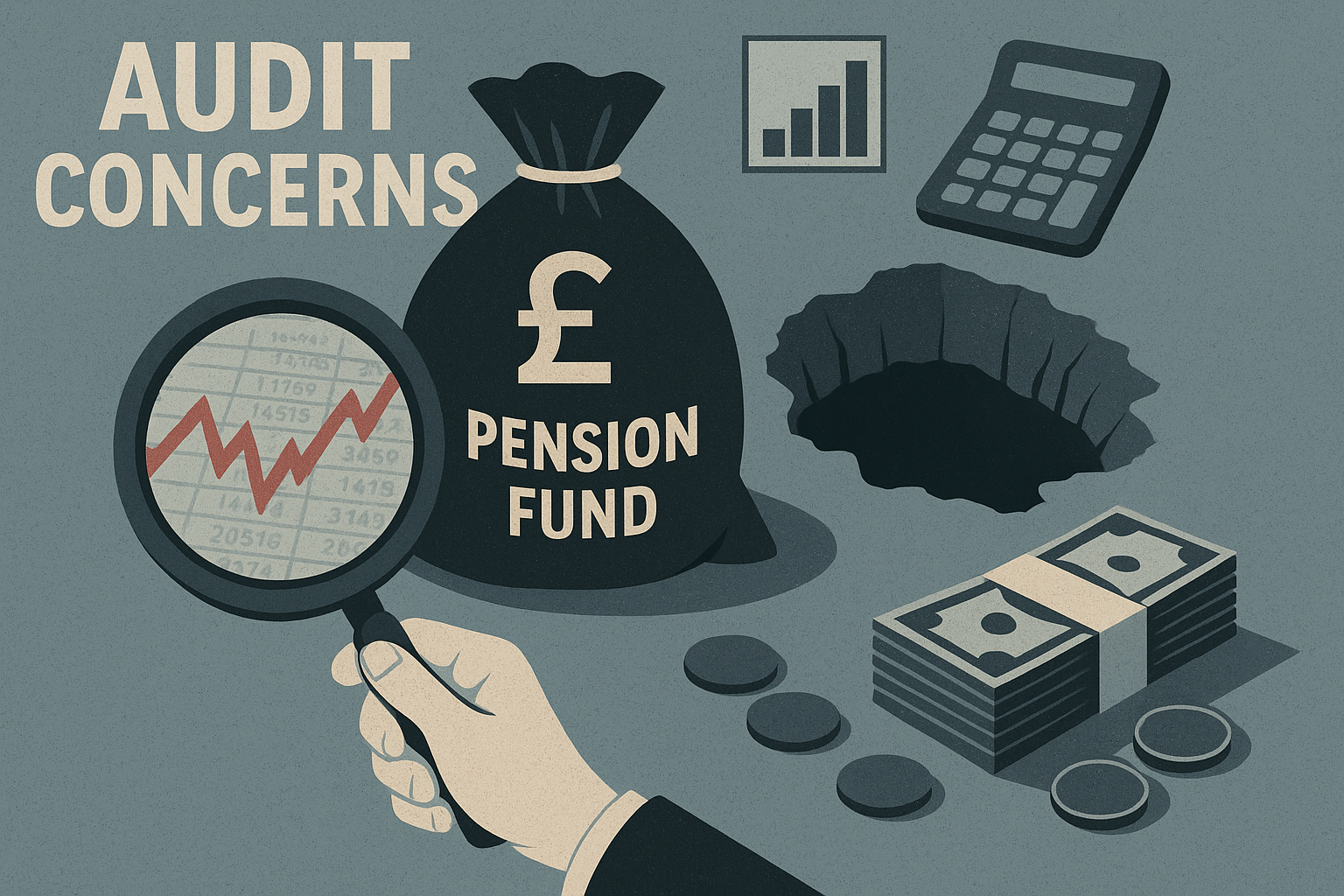External auditors will carry out a forensic review of Wandsworth Council’s troubled pension fund — digging into the very issues first exposed by Putney.news, including a vast portfolio of opaque investments, systemic risk of financial override, and fears of a looming pension black hole.
At its next meeting on Tuesday 10 June, the Council’s Joint Pensions Committee is expected to approve [pdf] an intensive new audit plan from Ernst & Young (EY), focused on the precise areas the council’s own officers had previously downplayed — but which our investigations have repeatedly flagged.
Hard-to-Value Assets Raise Red Flags
Top of the auditors’ concerns is the fund’s £436 million in “Level 3” assets — private debt and infrastructure holdings that cannot be valued using market prices. As EY warns, these are “hard-to-value” and rely on manager estimates and internal models. They now make up more than 14% of the total fund, raising both valuation and manipulation risks.
These are the very types of assets at the centre of financial collapses in councils like Croydon, Thurrock and Slough, where over-optimistic investment valuations masked ballooning deficits. Ernst & Young is now treating Wandsworth’s holdings as a significant audit risk.
Override Concerns Echo Past Failures
For the first time, EY has also flagged the risk of “management override of controls” — specifically focused on investment income, where late-year adjustments or journal entries could be used to present a rosier picture of the fund’s performance.
While there is no allegation of fraud, this is the same audit red flag raised in councils that later faced statutory interventions and Section 114 bankruptcy notices. That EY has applied this test in Wandsworth suggests heightened concern behind the scenes.
Member-Level Scrutiny Suggests Data Doubts
In an unusual move, the auditors will also review member-level data — detailed records for every scheme participant. This is typically reserved for actuarial valuation years, but EY now says it is necessary to validate the assumptions underpinning employer liabilities and 2025’s triennial valuation.
As we revealed in March, the fund’s projected surplus may be misleading, with council reports assuming a long-term discount rate of 4.4% and strong equity returns, even as active managers underperform benchmarks year after year. One fund — Nuveen UKPF — was performing so poorly it had to be merged out of existence; a fact the Council has still not publicly acknowledged.
What Is the Council Still Hiding?
Despite the clear signs that oversight is tightening, the Council is once again expected to move its most crucial pension fund discussions behind closed doors. The June agenda includes a confidential briefing from the London Collective Investment Vehicle (LCIV) — the pool that manages the bulk of the Council’s assets.
This follows a similar session in March, where underperformance and fund concentration risks were discussed — and then only disclosed after repeat requests. That session was also marred by technical difficulties with the webcast. We’ll see if the same difficulties reoccur this month.
A Warning Sign
The tone of the audit strategy makes one thing clear: EY is now concerned enough to go well beyond a routine review. The scale of hard-to-value assets, override risk, and the need to validate employer data all point to a fund that may not be as robust as council officers claim.
While the Council insists the fund is “fully funded” and cashflow-positive, this rests on untested assumptions, heavy exposure to volatile asset classes, and a not yet published Q1 2025/26 performance report — which is notably absent from the upcoming agenda.
Time for Transparency?
The Council may argue that these technical steps show it is strengthening governance. But the public has yet to see a full reckoning over how the fund reached this level of exposure, why past underperformance was not flagged earlier, or who is accountable.
Until that happens — and key investment discussions are held in public — residents, scheme members, and employers are right to remain concerned.









